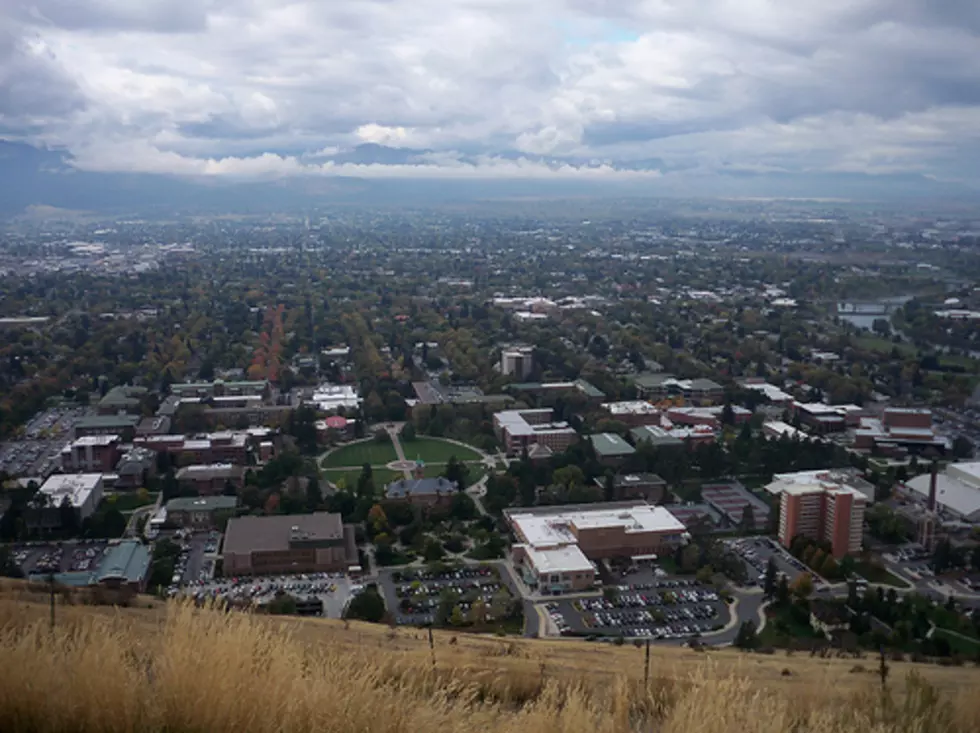
UM College of Humanities Funding – Point and Counterpoint
On Friday’s Talk Back program, UM History Professors Mehrdad Kia and Michael Mayer presented the case that the school’s administration is targeting the College of Humanities and Sciences for drastic cuts in funding.
“The segment of the university which is punished is not the administration for failing to bring new students is actually the academics which is going to be caught,” said Professor Kia. “Now, all this reorganization simply means significant cuts to course offerings, especially in the core course offerings in humanities and social sciences.”
Kia asked the community to pay attention to the cuts that are coming.
“In the coming days and weeks, you will see tremendous changes,” he said. “It would be very essential for all of us in this community to be aware of it and to stand up for the University of Montana and for what it offers to its students, to the community, to western Montana and to the rest of this state and say, enough is enough.”
Professor Mayer provided his perspective on the cuts to the College of Humanities and Sciences.
“We are looking at, I think two issues that are interrelated,” said Professor Mayer. “The one is a reorganization mandated by the central administration, particularly the College of Humanities and Sciences, but not exclusively, and the other is staffing, and the two are related, although it's hard to get the administration to talk about the two together, which I think is an is an important point. Because there's no point reorganizing if you don't have the faculty, to staff what the reorganization calls for.”
Kia then asked Montanans to look at the school to the east.
“Why is it that the number of students in humanities and social sciences have increased at MSU Bozeman, the same number of people we have lost have migrated to MSU Bozeman,” he said. “You know why? Because that university is not corroding and is reliable, and therefore long standing, and therefore students know that they can finish their degrees.”
KGVO then reached out to Dave Kuntz, Director of Strategic Communication at UM, who provided his perspective on the school’s budget.
“This new budget model allocation is going to take those academic budget dollars and make sure that they are going to the colleges in an equitable way, so that the colleges we're seeing at the universities that are growing and seeing renewed student interests are getting the resources so they can to continue to grow, while also supporting the foundational colleges like the College of Humanities and Sciences on our campus.”
Kuntz responded to the question of why the UM administration has not undergone similar cuts over the years.
“The administration is significantly smaller than it was when the enrollment picture was different 10 years ago,” he said. “In fact, there's not one corner of campus that hasn't sacrificed during the enrollment slide that we've seen. That said, we've also seen more than 50% reduction in the student credit hours at the College of Humanities and Sciences. But we’ve seen the growth at that same time at the College of Health, and the College of Forestry, and so this budget model going forward will reflect to the student needs and interests that we're seeing across the state.”
Kuntz described the purpose of what the school calls the ‘living budget’.
“The driving force behind these decisions and behind this new budget model is what can we do to best serve our students, and as the student's needs and interests change, the budget dollars will follow them,” he said. “So as we see enrollment pick back up at the College of Humanities and Sciences, which we're confident that it will, this will be a living budget model, and we will ensure that colleges are getting the allocation based on the interest that we're seeing from the reports from incoming students.
In fact, Kuntz said the investment in the College of Humanities and Sciences has continued to be strong.
“The College of Humanities and Sciences,” he added. “I mean, over the past 10 years we've been investing in the cost per student credit hour has increased 70% over the past 10 years. We’re investing more per student in the College of Humanities and Sciences than has ever happened before at the University of Montana, and going forward, this budget model ensures that the College of Humanities and Sciences is getting more than twice the funding of any other college in our campus. The College of Humanities and Sciences is the foundational cornerstone of our general education requirements. It offers the most amount of majors and interest from both in state and out of state students.”
Attached, find the budget information from the University of Montana website.
LOOK: 30 fascinating facts about sleep in the animal kingdom
More From Newstalk KGVO 1290 AM & 98.3 FM









